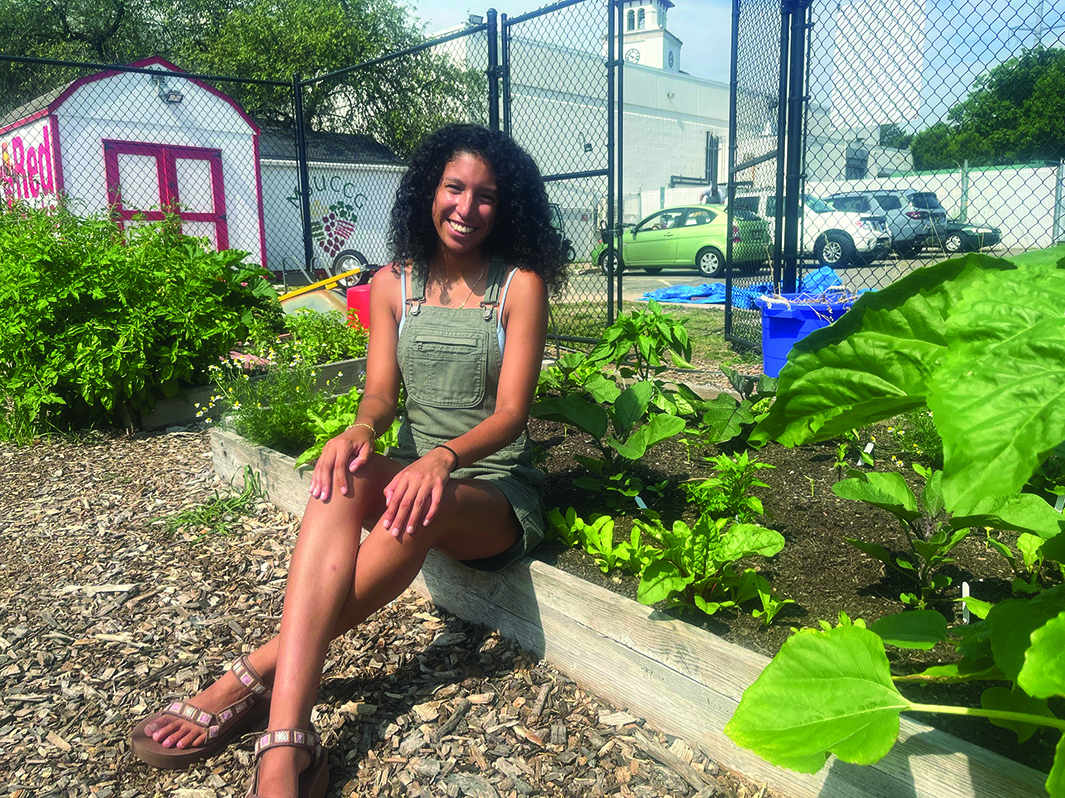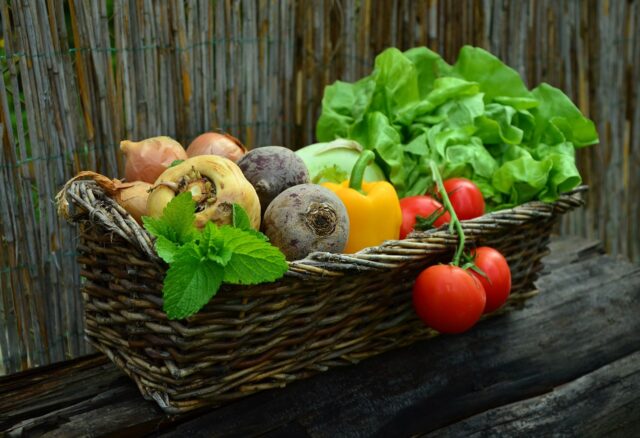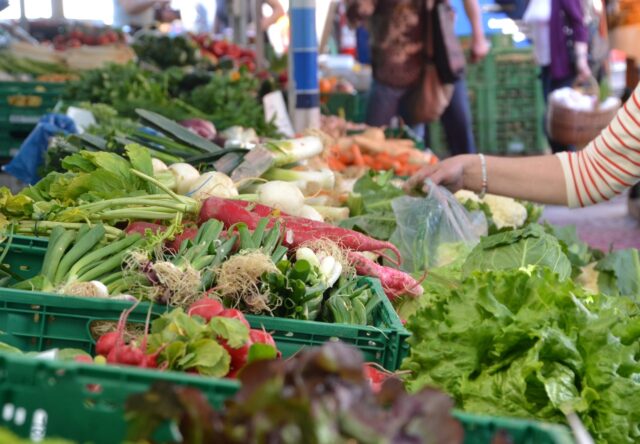
Blog
Health Care Concerns for Low Income Children
We live in a world where there seems to be a food related cure for anything that ails you. We juice, diet, exercise and debate the finer points of kale versus Swiss chard and which protein powders to supplement with – vegetable or whey? Since many of us grew up in a food secure environment where there were a variety of nutritious and healthy food choices, we developed healthy immune systems, physical stamina and advanced cognitive abilities. So if we didn’t want to eat our broccoli, we could have green beans instead. But we’re now several generations into a growing segment of the population that is being raised in a food insecure environment – and the cost to good health is great.
Low income families with reduced access to nutritious food face related higher health care costs, both short and long term. Poor diet leads to lower rates of physical, mental and social growth, leaving many children in low income homes unable to realize their full potential. According to research by Children’s HealthWatch, children suffer negative health and developmental effects even when the inadequate access to nutritious food occurs at a low level, meaning every bit of good food goes a long way.
Children who struggle with hunger are more likely to be sick often and recover more slowly than those who are food secure. They are hospitalized with greater frequency, up to 31% more often than food secure children, with the cost of each pediatric hospitalization totaling approximately $12,000. As previously discussed, not only are these children prone to obesity and challenges in school but also to more headaches, stomach aches, colds, ear infections and fatigue at greater rates than food secure kids. Children and teens in food insecure homes are at higher risk for eating disorders, menstrual irregularities, physical injuries, and delayed or early onset puberty.
Additionally, children and adolescents in low income homes are more likely to be affected by some very adult diseases and illnesses. Beyond obesity, heart disease and type 2 diabetes – all 30 times greater in the last 30 years for children – strokes, high blood pressure and osteoarthritis are commonly being diagnosed. In the long term these kids are at greater risk for cancers like breast, lung, esophageal, stomach, prostate, gall bladder, pancreas, colon, endometrium, kidney, thyroid, ovary and cervix as well as Hodgkin’s Lymphoma and melanoma. Many of these carry with them a burden that lasts a lifetime.
In a 2007 Journal of the American Dietetic Association study, a regular breakfast was found to directly improve physical and academic performance in adolescents. And the Journal of Current Nutrition and Food Science, also in 2007, found that breakfast could solve the problem of inadequate nutrition for millions of children.
Yet despite the importance of nutritious food to the health and well-being of children and teenagers, caregivers are typically forced into the difficult position of rationing the quality and quantity of the food made available to them. Similarly, triggered by the erratic availability of food, families are forced into cycling between food deprivation and overeating, which can lead to metabolic changes.
Eighty-five percent of low income families want to prepare healthy meals at home. Fifty percent are able to do so most days, but cite the cost of nutritious groceries as the number one obstacle they face in doing so on a regular basis. School food programs, SNAP and private agencies can help bridge the gap facing today’s low income kids. The federal government has instituted (since 2008) the Healthy Food Financing Initiative to provide funding to develop and equip grocery stores, small retailers, corner stores, and farmers markets that sell healthy food in underserved areas.
Currently, at Table to Table, we are running a Mobile Produce Market in the Ironbound section of Newark, NJ in partnership with the Ironbound Community Center (ICC). Rescued produce from HelloFresh is picked up by Table to Table each Thursday and volunteers from the ICC and the community assemble bags of fresh fruits and vegetables each week for families in need of nutritious options. Along with beautiful fresh produce, residents are given recipe tips and cooking suggestions. The Market began in April and we are now providing food weekly for upwards of 400 families. It is a successful example of how business and community not-for-profits are working together to address the lack of nutritious food available for our neighbors in need. The access to regular healthy meals is a basic step to reducing the cycle of illness that children and teenagers in food insecure communities face and gives them an opportunity to achieve more, learn more and earn more as adults.
More From News
July 16, 2024
Food Insecurity on College Campuses
July 2, 2024
How to Keep Produce Fresh
REAL PEOPLE, REAL STORIES.
June 21, 2024
Matthew Pendolino: June Volunteer of the Month
Join us in congratulating Matthew Pendolino, Table to Table’s June Volunteer of the Month. Matthew Pendolino has been volunteering with Table to...
June 19, 2024
White House Trying To Keep Edible Food Out of Landfills
The White House unveiled a national strategy recently to combat food waste and keep edible food out of landfills. White House officials...
June 18, 2024
NJ Farmers Markets Accept SNAP/EBT Benefits
The New Jersey Food Democracy Collaborative has compiled a list of farmers markets across New Jersey that are authorized to accept state...













